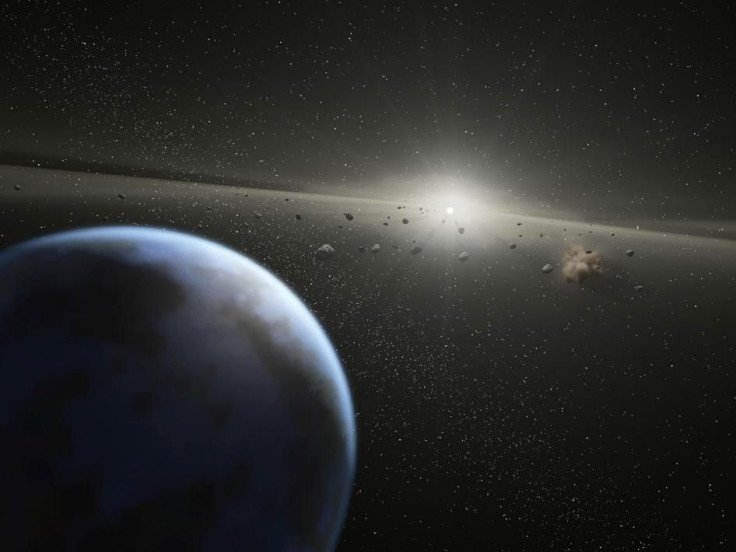NASA Tracker: 4 Asteroids Approaching Earth This Weekend

KEY POINTS
- NASA spotted four asteroids that are currently approaching Earth
- The four asteroids will fly past Earth on Saturday
NASA is currently monitoring four asteroids that are expected to fly by Earth this weekend.
According to NASA’s Center for Near-Earth Object Studies (CNEOS), the first asteroid that will fly past Earth tomorrow is called 2020 GM1. This asteroid measures about 361 feet wide, making it significantly larger than the Statue of Liberty.
As indicated in CNEOS’ database, this asteroid is currently approaching Earth at a speed of over 57,000 miles per hour. The asteroid is expected to fly past Earth on April 11 at 2:15 a.m. EDT from a distance of about 0.02605 astronomical units or roughly 2.4 million miles away.
The second asteroid that will visit Earth’s neighborhood tomorrow is known as 2020 GU1. This asteroid has an estimated diameter of about 59 feet. It is traveling across space at a speed of almost 16,000 miles per hour.
2020 GU1 is set to approach Earth on Saturday at 3:48 a.m. EDT. During this time, the asteroid will be about 0.01511 astronomical units or roughly 1.4 million miles from the planet’s center.
Trailing behind 2020 GU1 is an asteroid known as 2020 GG. According to CNEOS, this asteroid measures about 95 feet and is moving toward Earth with a velocity of over 12,000 miles per hour.
It is expected to zip past Earth on April 11 at 10:21 a.m. EDT. The asteroid will approach the planet from a distance of 0.02484 astronomical units or about 2.3 million miles away during its visit.
The last asteroid that will fly past Earth is known as 363599 (2004 FG11), which is the biggest space rock in the group. Measuring at about 1,247 feet wide, this potentially hazardous asteroid is almost as big as the Empire State Building.
According to CNEOS, this asteroid will approach Earth on April 11 at 1:00 p.m. EDT with a speed of almost 55,000 miles per hour. During its approach, the asteroid will be about 0.04920 astronomical units from Earth, which is equivalent to 4.6 million miles.
© Copyright IBTimes 2024. All rights reserved.





















